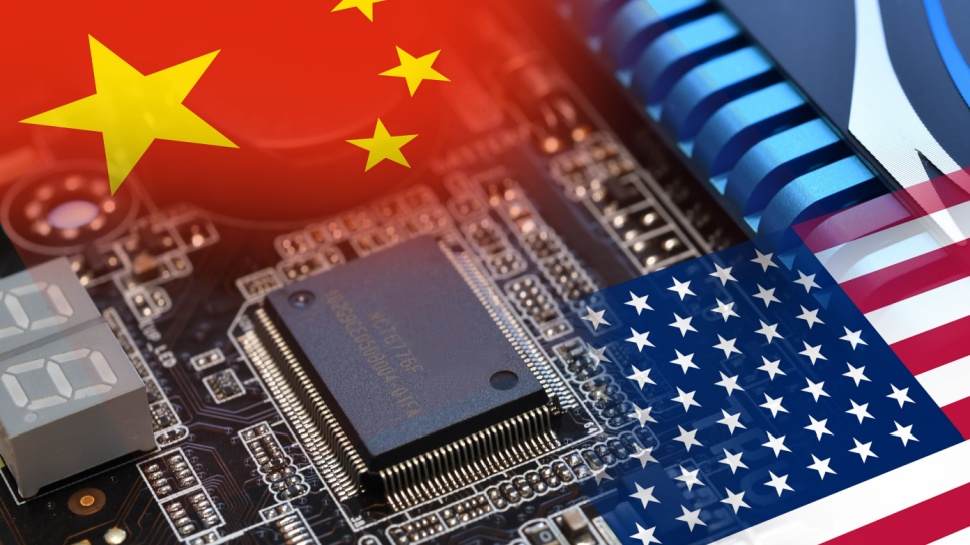Potentially tens of thousands of faulty Nvidia AI chips end up in these obscure Chinese repair shops — it may mask something even more vital
Nvidia cannot legally fix restricted GPUs within China

- AI chip repair firms in China are thriving due to heavy demand surge
- Smuggled GPUs fuel a booming underground repair market amid US export restrictions
- Chinese shops simulate data centers and fix hundreds of chips monthly at scale
A quiet but growing business has emerged in China that focuses on repairing Nvidia’s advanced AI chips, despite strict US export controls.
Reports from Reuters found around a dozen small firms, mainly based in Shenzhen, claiming they service large numbers of Nvidia’s H100 and A100 GPUs, even though these chips were officially banned from sale to China in 2022.
One company told the news agency it repairs up to 500 Nvidia AI chips every month - and with roughly 12 similar firms operating year-round, that could amount to tens of thousands of chips annually.
Significant demand
Many of these units are worn down from heavy use, especially as some have run around the clock for years in AI training workloads.
“There is really significant repair demand,” Reuters was told by the co-owner of a Shenzhen firm that moved into AI hardware in late 2024.
That demand led to the creation of a second company purely to handle AI chip repair.
Their facility includes a server room that can simulate data center conditions with up to 256 servers.
Sign up to the TechRadar Pro newsletter to get all the top news, opinion, features and guidance your business needs to succeed!
Another shop that shifted from GPU rentals to repairs told Reuters it fixes around 200 chips per month, typically charging about 10% of the original purchase price.
Repairs can include fan replacement, circuit board fixes, memory diagnostics, and software testing.
Nvidia cannot legally support or replace restricted GPUs within China. An Nvidia spokesperson said only the company and approved partners are authorized to offer the necessary service and support, adding that running restricted chips without full infrastructure is not viable long-term.
The potentially high failure rate raises concerns about what will happen to tens of thousands of aging A100s and earlier GPUs once they fail.
The existence of such a repair sector is down to the widespread smuggling of banned chips into China, something we’ve reported on previously.
While Nvidia recently began offering the H20 GPU in China to comply with export restrictions, many customers there still prefer the banned H100 for training LLMs.
You might also like

Wayne Williams is a freelancer writing news for TechRadar Pro. He has been writing about computers, technology, and the web for 30 years. In that time he wrote for most of the UK’s PC magazines, and launched, edited and published a number of them too.
You must confirm your public display name before commenting
Please logout and then login again, you will then be prompted to enter your display name.